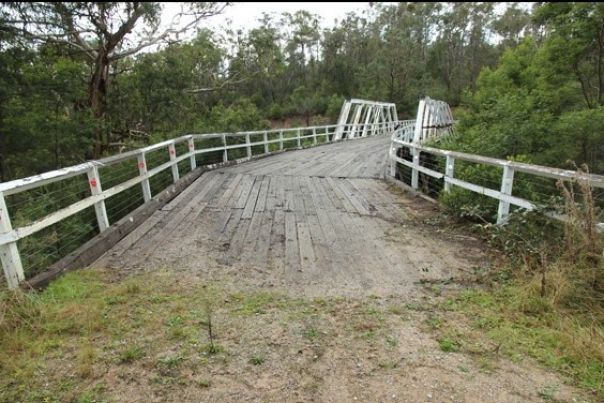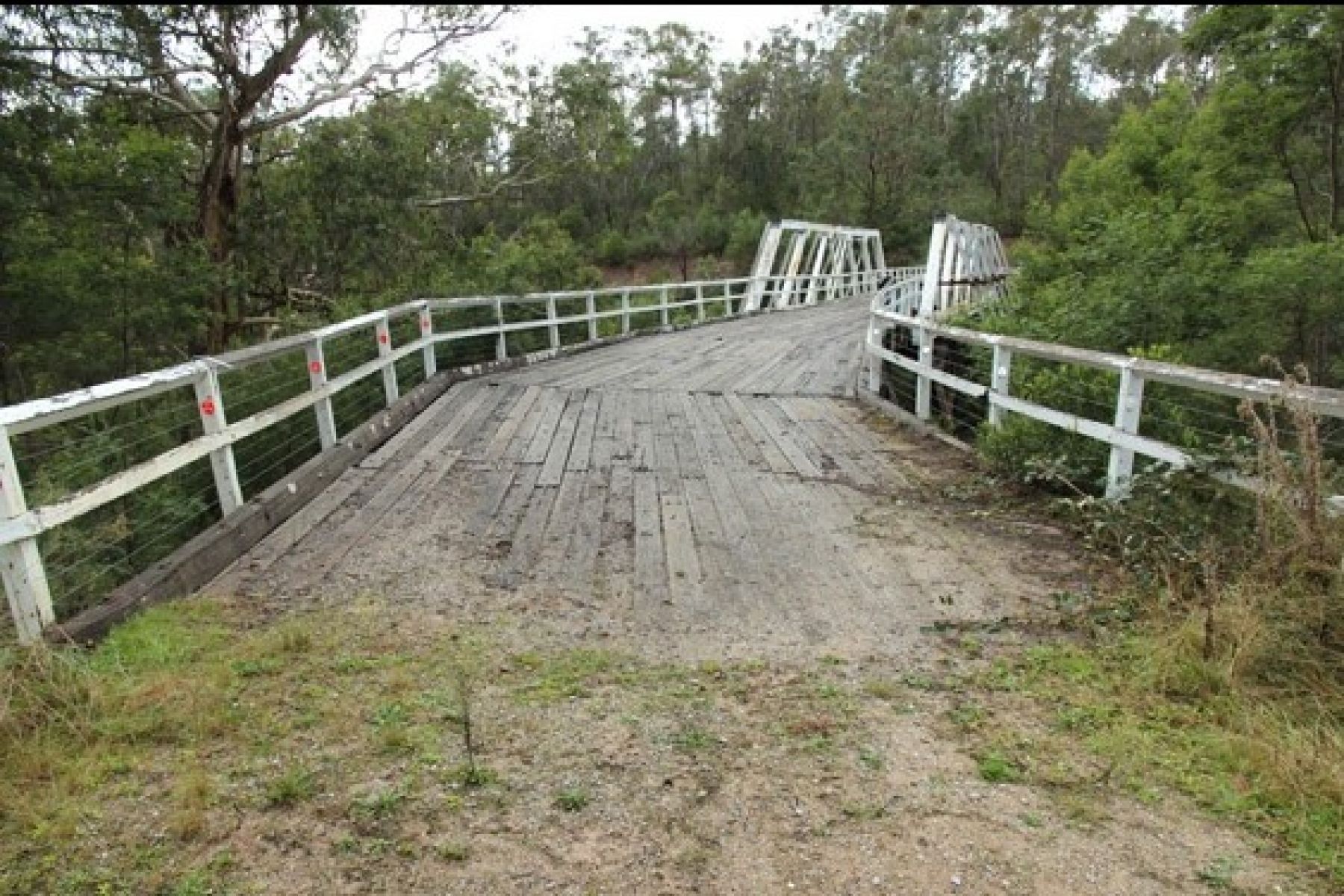- Plan and stay safe with SES’s pre-evacuation guide: (ses.vic.gov.au)
- Last minute actions before leaving: Preparing for imminent disasters (aiccm.org.au)
- Create a disaster bin: Creating and Maintaining your Disaster Bin (nsw.gov.au)
Knowing what steps to take after a disaster can be overwhelming.This page can help you with salvage and recovery of heritage places and objects.
If my heritage place is damaged, what do I do?
- The first priority is keeping people safe and protecting life. Don’t put yourself at risk of harm
- When it’s safe to do so, take photographs and document what you do, such as general tidying, cleaning, clearing debris
- Make the place weathertight to avoid further damage
- Keep materials stored on site where possible.
If there is damage, contact the relevant heritage authority for guidance – use our mapping tool to find out who to contact. Some specific guidance is available below.
Preparing for floods
- Prepare an emergency response plan: Emergency Response Plans (historicengland.org.uk)
- Create an emergency cart: Conserve O Gram Volume 21 Issue 2: Emergency Cart for Salvaging Water Damaged Collections (nps.gov)
Recovery and salvage after a flood
Australian resources
- Guidance for re-entering a building after a flood: What to do if flood water is in your building (aiccm.org.au)
- Guidance on post-disaster actions for heritage places: Heritage Victoria’s Minimum Standards for Maintenance and Repair
Videos:
- Instructions for recovering water damaged items:
Written advice:
- How to recover personal items or collections that have been damaged by flood water (Grimwade Centre)
- Tips for handling and salvage of water damaged items: 81212 National Preservation Brochure. Indd (blueshieldaustralia.org.au)
- How to salvage different materials:
- CAN-Be-Prepared (blueshieldaustralia.org.au) (see Appendix 4: Salvage Procedures)
- Caring for collections - salvaging water damaged collections (slq.qld.gov.au)
- How to salvage audiovisual materials (e.g. film, magnetic tape, discs): Recovering audio-visual treasures.National Film and Sound Archive of Australia (nfsa.gov.au)
- General salvage advice, including prioritisation of material types and links to further resources:
- Some items may need a conservator – find out more information: https://amagavic.org.au/resources/category/disaste-response
International resources
- Issues to be aware of when re-entering a building affected by flood: Conserve O Gram Volume 21 Issue 1: Health and Safety Hazards Arising From Floods. (nps.gov)
- Guidance on planning flood recovery work: After a Flood Historic England (historicengland.org.uk)
- How to salvage different materials:
DEECA have set up streamlined approvals for reconstruction after floods, storms and fires.
Victoria experiences many natural hazards including bushfire, flood, severe storms, and sometimes earthquakes.
Experiencing a disaster is inevitable if you live here. These events happen more often and with more intensity than they used to.
Unfortunately, the current La Niña event may bring further rain this year. If you haven’t been impacted by the flood, now is the time to review your disaster preparation plans.
It’s important to understand the risks of where you live and how they might impact your heritage place. Your local Council website will have an emergency management page that lists the highest disaster risks in your area.
Get prepared
- A well-maintained heritage place will be more resilient during a disaster. Keep on top of repairs, keep the building watertight, check your chimneys and decorative elements are secure and sound. New Zealand’s Get Ready has instructions on how to make your home safer so you can reduce the effects of a disaster.
- As part of your fire season planning, remove material that might create a fire hazard. There is some good information on fire protection for heritage places in our Minimum Standards for Maintenance and Repair, and The Department of Environment, Land, Water and Planning
has some helpful guides on how to plan for bushfire protection. Prepare an emergency plan.
Further resources
- Heritage Victoria’s Minimum Standards for Maintenance and Repair has some good guidance on what to do after an emergency or disaster.
- Bushfire Recovery Victoria is Victoria’s hub of information for recovery after bushfire's. Heritage Victoria’s Bushfire Recovery team is continuing impact assessments after the Black Summer 2019-20 fires. The team has also been assessing the impacts of the June 2021 storm and flood event.
- Blue Shield Australia and Australia ICOMOS have resources to support salvage and recovery after floods and fires.
- Heritage New Zealand Pouhere Taonga have useful resources on what to do after an earthquake including:
- Repairing historic brickwork after an earthquake
- Repairing stonework after an earthquake
- Repairing and rebuilding historic chimneys after an earthquake
- Replacement of high-risk elements with lightweight materials.
- Australian Institute for the Conservation of Cultural Material has guidance on managing collection material after a disaster. Fire, water, dust and mould can all badly damage collection materials.

- Murrindal Bridge (H2311), Buchan

- Murrindal Bridge after the bushfires

- Clean up
Page last updated: 27/03/23


